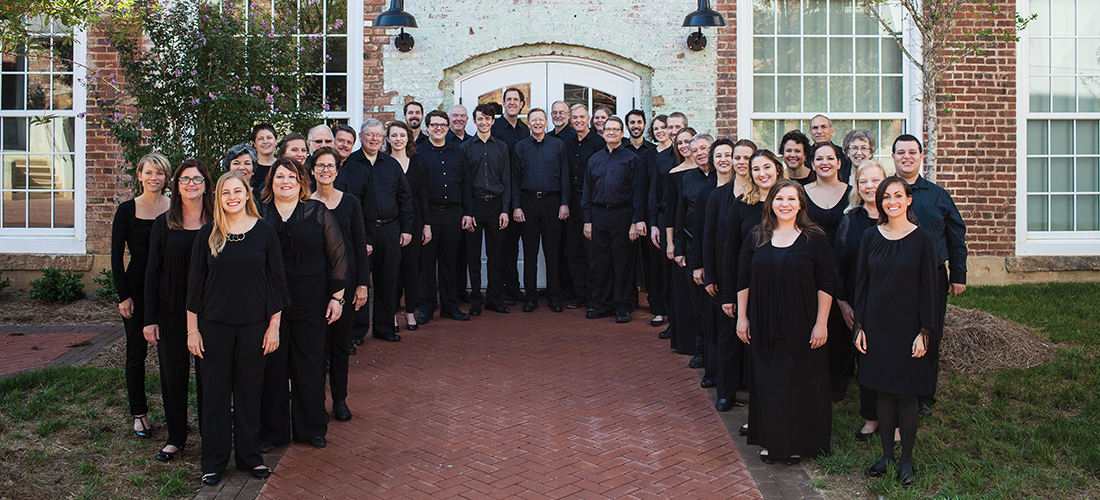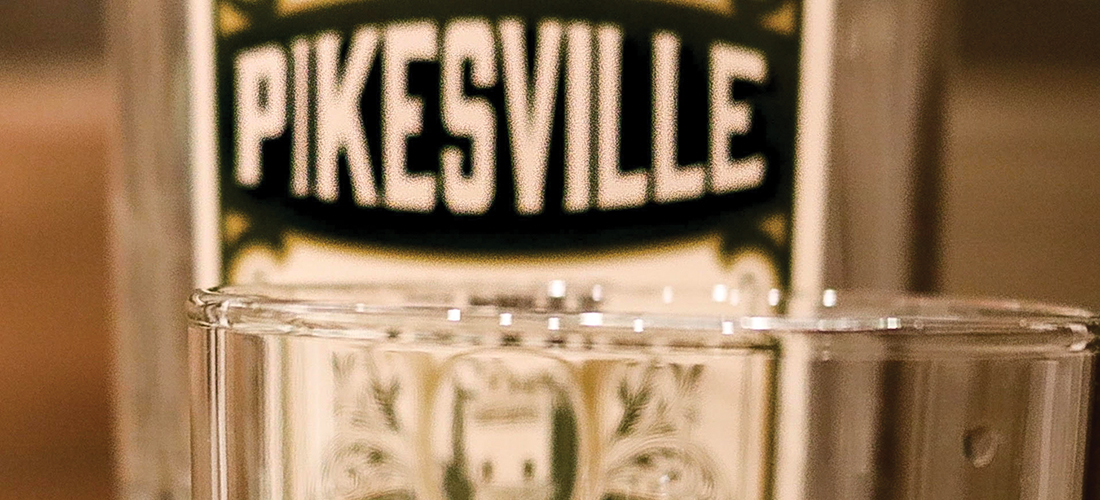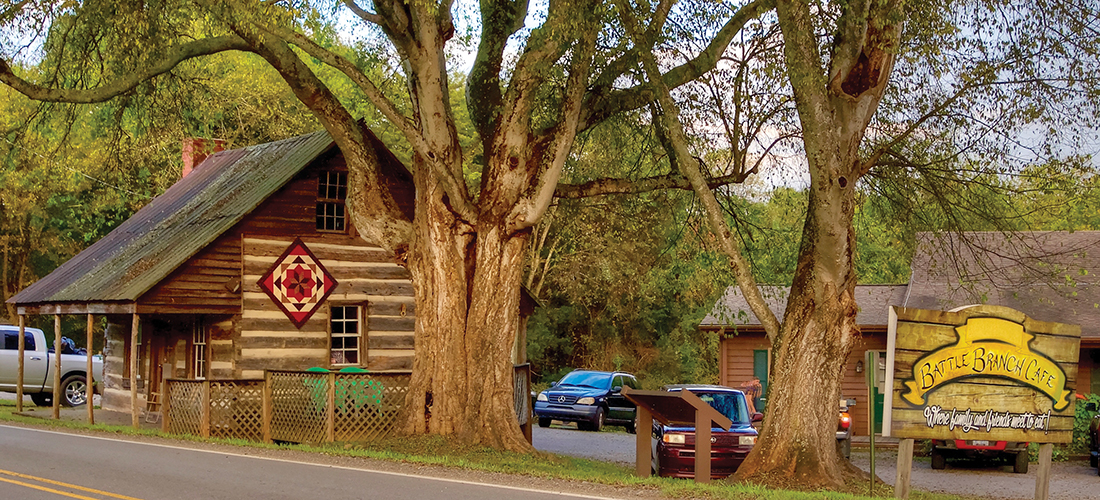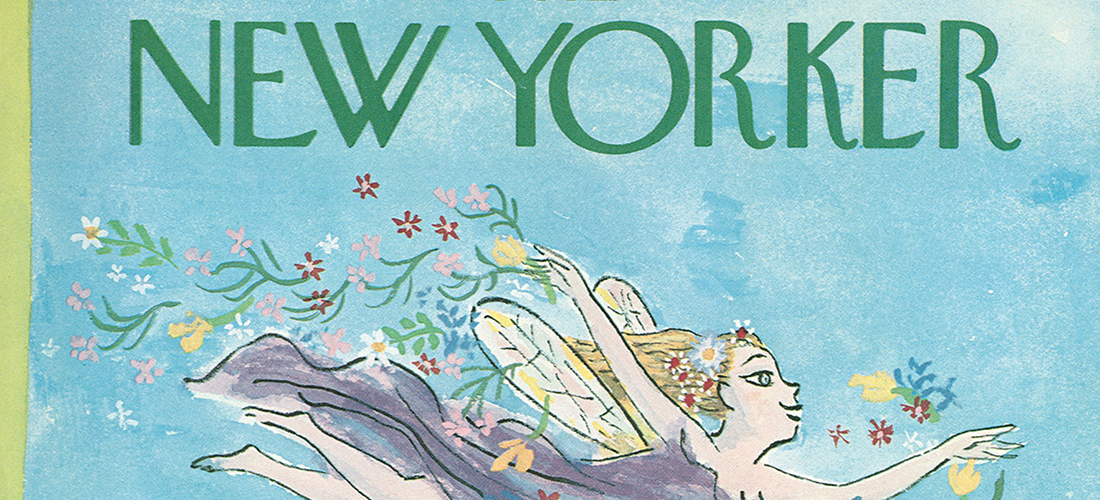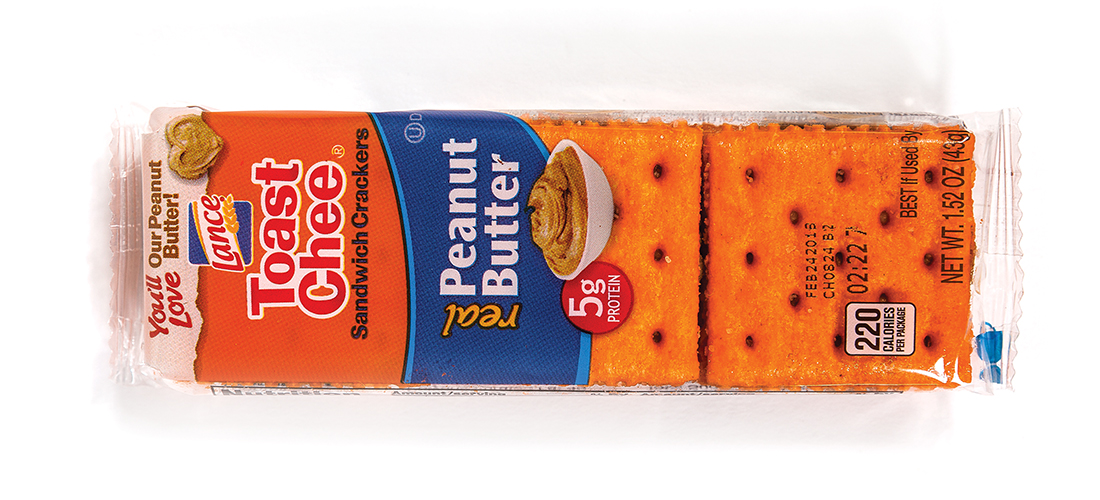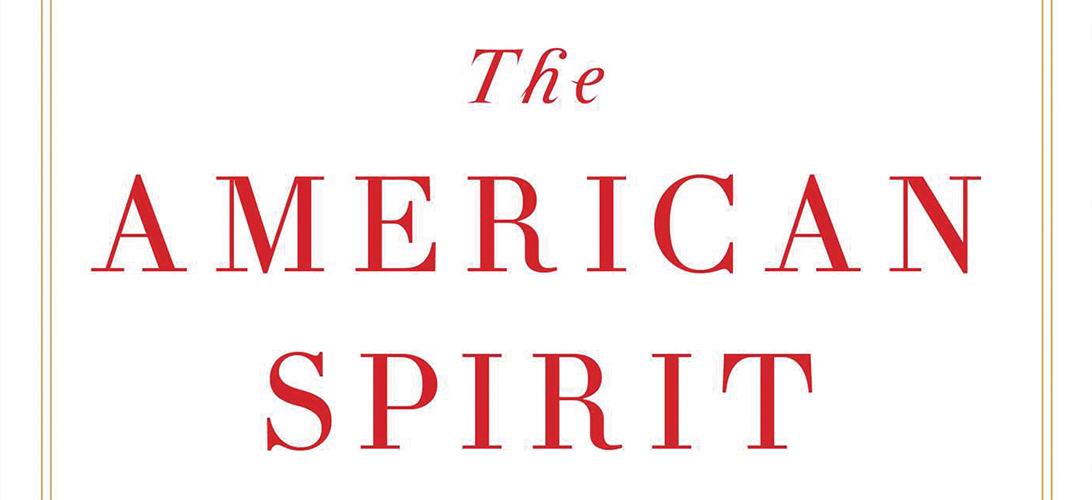The Pleasures of Life Dept.
Bel Canto Raises the Roof
Celebrating 35 years of ethereal music

By Grant Britt
You might be forgiven if you mistook the dust sprinkling from the rafters of Greensboro’s Christ United Methodist Church for heavenly manna jarred loose by the magnificent voices of Greensboro’s Bel Canto Company. When all 40 members lift their voices in song, aural and spiritual blessings drop down and uplift members and audience alike. Celebrating their 35th anniversary this year, the company’s mantra is to “entertain, inspire, heal, build community and express that which words alone cannot.”
That takes care of the aural part, but some of the words that get tossed around about Bel Canto are subject to misinterpretation. Nobody seems to be able to agree whether Bel Canto is a style of singing or a style of opera.
“Everything you’ve read is right depending on who’s talking about what,” says Bel Canto executive director Jeffrey Carlson. “Bel Canto opera is a period of opera which encompasses some composers like Vincenzo Bellini, Gaetano Donizetti and Rossini. But Bel Canto is also a school or style of singing that comes out of Italy and emphasizes the beauty of the voice, the flexibility of the voice and purity of vowels. That has a little bit to do with our name, although I’d say that the opera definition doesn’t really matter.” Carlson, who has been on the job for 11 years, says that even though he wasn’t around at the company’s beginning, he’s familiar with the genesis of this Bel Canto company.” The first year the Greensboro Opera company performed, their choir said, ‘Hey, this is a lot of fun, we should do this more.’ So they formed the choir of the Bel Canto company, it came out of that opera chorus.”
But the verbiage can still trip up newcomers. It also has the double meaning of being not just opera, but a style of singing. The literal translation from the Italian is “beautiful singing.” “So in all of our tracts, we just talk about it being the literal translation, ‘beautiful singing,’” Carlson says. “All the other connotations and definitions lurk in the background for all the musical aficionados.”
Also lurking in the background is a surprising versatility of subject matter. The repertoire is not all black-tie, stiff-collar classical. Although the company performs predominantly classical choral music, that designation encompasses everything from madrigals from the Renaissance period, to classical composers. But with this company, when you start trying to define classical, the line starts to blur. “We’re generally classical,” Carlson insists, “but we perform spirituals and gospel music in concerts, occasionally arrangements of pop tunes.”
Billy Joel emerged in the repertoire recently, the company rendering his “Lullabye (Goodnight My Angel),” from ’93’s River of Dreams. “This was a tune that spoke to me,” says Welborn Young, artistic director and conductor of Bel Canto Company since 2005. “Often times I will select repertoire that creates the emotional journey I’m thinking for my singer, my audience to have for each concert, make each concert be overarching throughout the entire season chorally.”
But just because Billy sneaked in doesn’t mean Beyoncé and Taylor and Katie and their pop cohorts are gonna jump in as well. “We are not Glee, we’re not doing show choir arrangements of Lady Gaga or things like that,” Carlson promises. “That’s not who we are.” This season features Bach primarily, a look back at the early Baroque period of music. There is a Brahms piece as well, then a few degrees of separation by inserting a piece by thirtysomething composer Dan Forrest’s arrangement of a Bach tune. “That’s part of our mission,” Carlson explains, “to explore the whole range of the choral repertoire.”
The approach is similar in the group’s selection of spirituals. “We do a bunch of Moses Hogan pieces, ‘Wade In The Water,’ ‘Everytime I Feel the Spirit.’ We do Shaw Parker arrangements of things like ‘Nobody Knows,’ ‘He’s Gone Away,’ ‘Deep River,’ those are things people recognize,” Carlson says.
The company treks up the mountain to Pigeon Forge territory for a choral arrangement of Dolly Parton’s “Light Of A Clear Blue Morning,” Parton’s hill-country hymn, uplifted and underscored by a thrumming pipe organ chorus of Bel Cantos. “We stretch beyond just the concept of classical or church-oriented repertoire to a broad base of that is not only enlightening but also challenging and entertaining,” says conductor Young, who is also director of choral activities and an associate professor of music at UNCG.
“Basically, I want [to recruit] people within the ensemble that love to make choral music with other people,” Young says. But loving the material as well as their musical peers and being able to perform it at a high level aren’t the only qualifications for becoming a potential Bel Canto member. “Besides just beauty of tone and accuracy, I want that experience to show in how they approach their preparation for the music,” Young says. “We typically get five or six rehearsals, then we put on an hour-and-a-half program. So their ability to work outside of our rehearsals and prepare for the rehearsals is vitally important.
That doesn’t mean every applicant has to come out of a prestigious music school, but it does mean having a level of dedication and flexibility. An applicant with an outstanding ear can often develop what they need to add to the ensemble through listening and observing the scores. “We have a more Western European approach, but we also sing in various styles,” Young says. “I do have singers who are more comfortable in jazz idioms than they would be in singing Bach, and I do have some who are more into folk idioms, but they are flexible enough and love the music enough to align themselves to whatever it is we’re singing.”
Bel Canto soprano Felicia François was a vocal performance major at UNCG, and a member of Young’s choir when she was in school. “I had heard of Bel Canto and seen a couple of his concerts, so when I graduated, I decided to audition,” François says. Her participation in the Bel Canto company provides benefits not listed in her contract. “Being a middle school chorus teacher, I’m spending my whole day doing middle school music, which is totally great. But it’s nice to get an outlet for that creativity, sing some higher level music with some really awesome musicians.” In addition to her Bel Canto appearances, François has performed at the Blind Tiger with Dirty Laundry, a group of UNCG jazz musician graduates, and has also sung backup for Anne-Claire Niver (See page 23).
But for François, even though other gigs might have her focus from time to time, Bel Canto, which she says is the best group she has ever performed with, has her heart, and her soul. “Singing great music and being able to express my musicality and creativity, it’s an escape for me whether either in a rehearsal setting or a concert, however long it is, to take a break from whatever is going on in life or in the world, be in the music for that time, just focus on that, and live in that instead.” OH
Shunned by any legitimate vocal organization,
Grant Britt makes beautiful singing noises from
the confines of his front porch every time there’s a
full moon.

